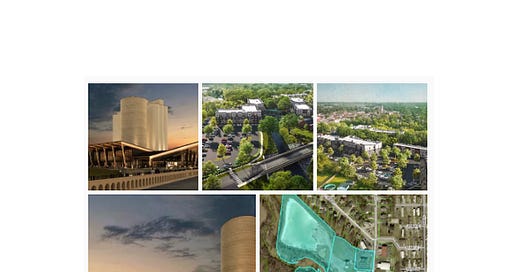Water & Light to receive $2M state tax credit. Extreme heat drives Marysville residents to the pool and the emergency room. Local officials relieved inside millage remains untouched by the state.
Give us a few moments and we'll serve up what matters in Marysville on Thursday, June 26, 2025
In this edition, sponsored by 2nd Chances Thrift stores in uptown Marysville:
Heat drives residents to the pool and the ER. We have the data.
A sigh of relief from local government officials regarding the state budget
The report card is in for the quality of water in Marysville in 2024




